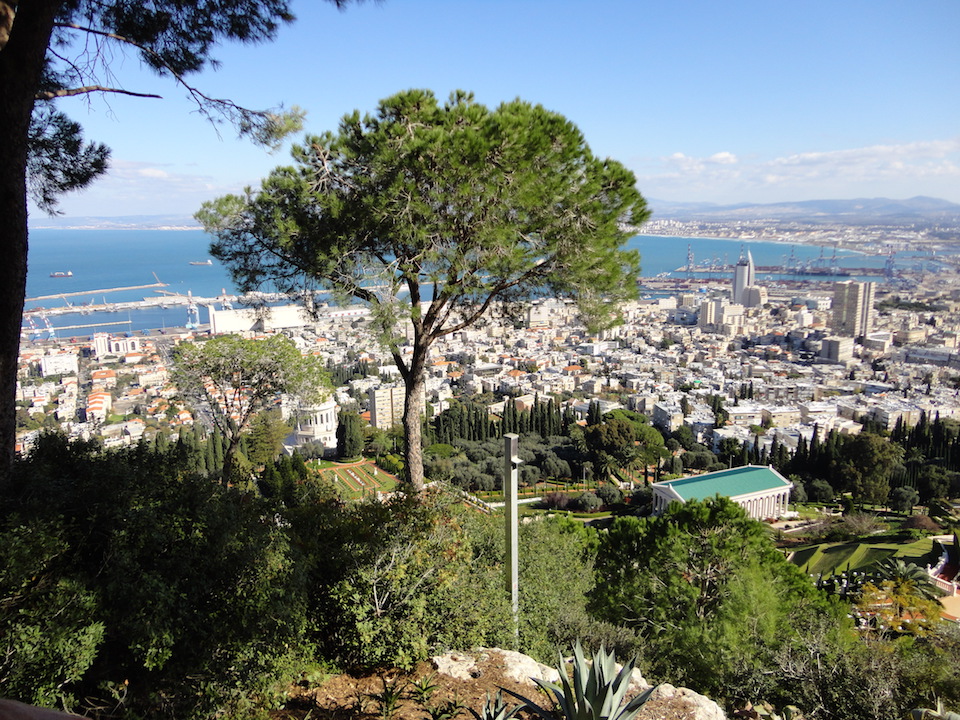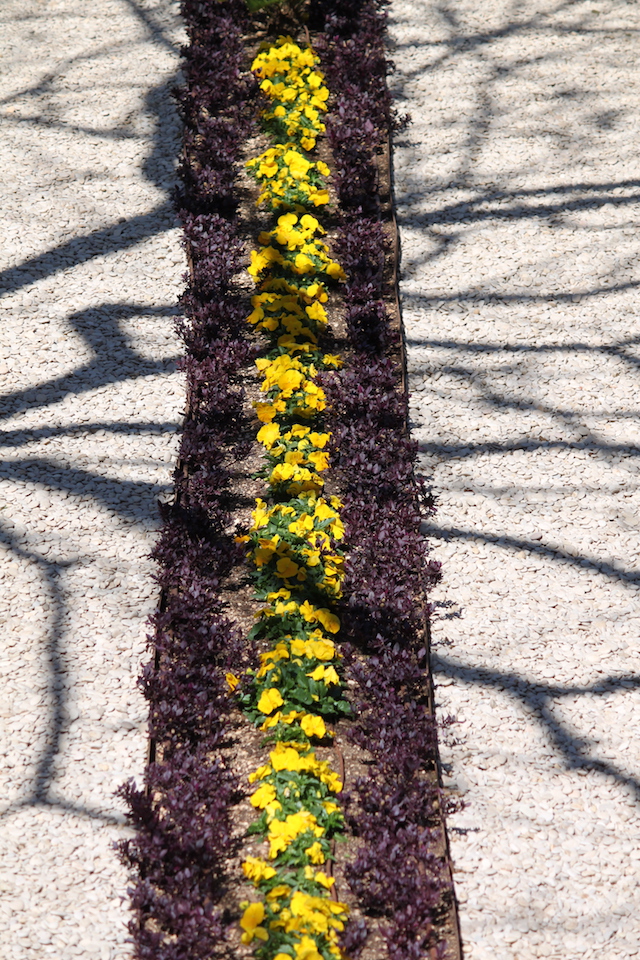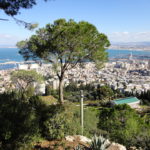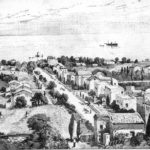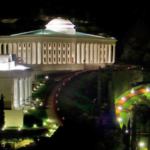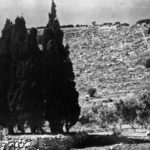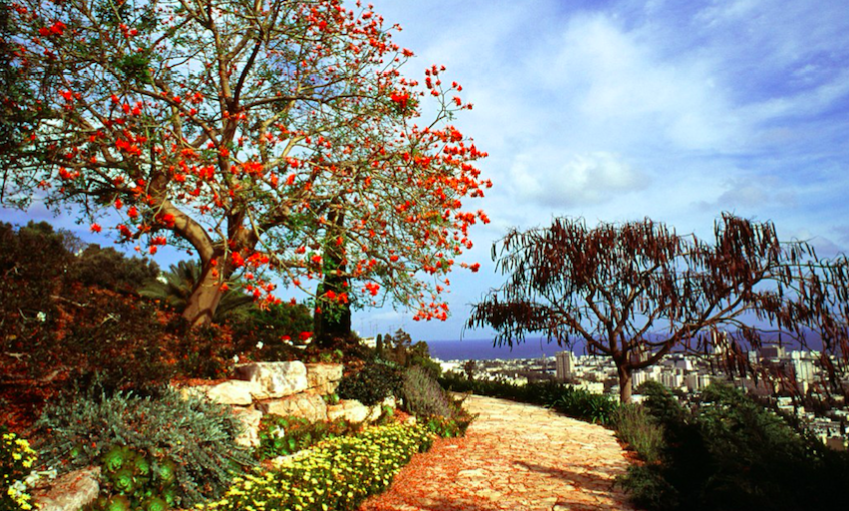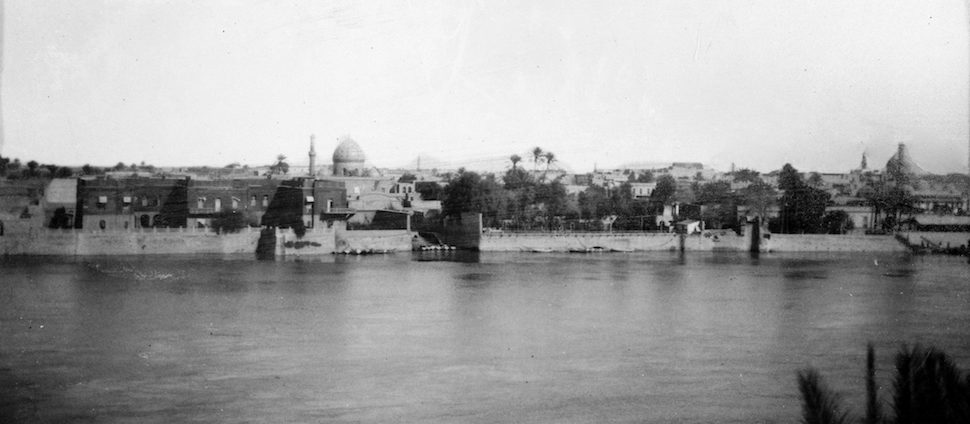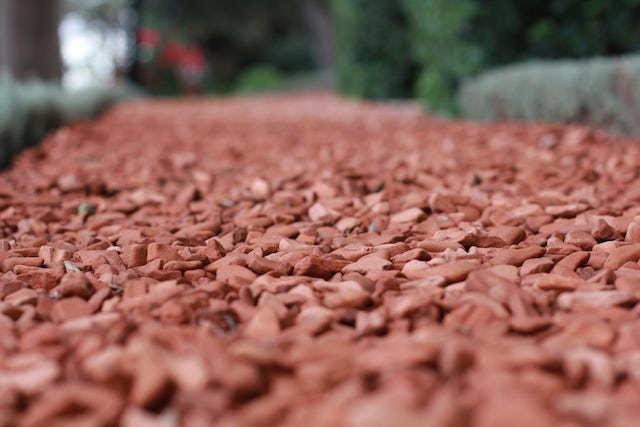
Mt Carmel: Mountain of the Lord
 From time immemorial Mt Carmel has stood the eastern shore of the Mediterranean Sea. Human beings have lived on its slopes for hundreds of thousands of years.
From time immemorial Mt Carmel has stood the eastern shore of the Mediterranean Sea. Human beings have lived on its slopes for hundreds of thousands of years.
Overlooking the sea – Mt Carmel is a great mountain ridge projecting out into the sea and stretching far inland to the south-east. On its northern side stretches a blue and crystal bay. To its east lie the towns and Sea of Galilee where Jesus taught and walked: Cana, Nazareth, Capernaum and Bethsaida. To its south lies the plain of Sharon. And to its west a great sea around which thousands of years of human history unfolded. Its name means “the Vineyard of God”. Bahá’u’lláh addresses Mt Carmel as the “Mountain of God”. And when Bahá’u’lláh came there the German Templers tended their vineyards on its slopes.
Its location is evocative and it is a place of prophecy in the Bible.
The desert and the parched land will be glad; the wilderness will rejoice and blossom. Like the crocus, it will burst into bloom; it will rejoice greatly and shout for joy. The glory of Lebanon will be given to it, the splendor of Carmel and Sharon; they will see the glory of the Lord, the splendor of our God [Isaiah 35:2]
To the people of Ancient Egypt, Mt Carmel was known as a sacred place. In a later age, the prophets of Israel battled the prophets of Baal on its slopes. In the writings of Iamblicus, an ancient Neoplatonic philosopher, it is recorded that the mystic mathematician of the ancient Greek world, Pythagoras, came to Mt Carmel, “the most sacred mountain”, where he withdrew for a time to a temple there.[1]
Sacred sites abound on the mountain. Among them, caves reputed to be caves of the prophet Elijah and above which a Christian monastery was built. David Ruhe records:
Shrouded in mystery is the ancient use of the cave near the base of the mountain at its western tip, … Elijah traditionally is said to have lived there. In Greek times it may have been a centre of worship of Adonis or of Tammuz (God of Green Things), and the cave was certainly used as the centre of a fertility cult as indicated by some 150 inscriptions … in Greek probably dating to the second century BC in the Hellenic period. In Roman times Vespasian, then commanding general of the legions in the East … sacrificed here seeking auguries on his contemplated strike for imperial power; the signs were favourable … and he became … emperor. [pp David Ruhe, Door of Hope – The Baha’i Faith in the Holy Land, pp 187-188]
On the eastern side of the mountain are found sites that have been historically associated by the Jewish people with the battle between Elijah and the prophets of Baal.
In the last years of his life, Bahá’u’lláh was to walk on this mountain and establish the centre of his faith on its slopes. The sacred remains of the Bab and Abdu’l Baha have been laid to rest there in the Shrine of the Bab and a literal and metaphorical arc has been erected by Bahá’u’lláh’s people. Around it, a beautiful garden has flourished.
Sources: David S. Ruhe, Door of Hope, The Baha’i Faith in the Holy Land
(This article is the 191st in a series of what I hope will be 200 articles in 200 days for the 200th anniversary of the birth of Bahá’u’lláh. The anniversary is being celebrated around the world on 21 and 22 October 2017, The articles are simply my personal reflections on Bahá’u’lláh’s life and work. Any errors or inadequacies in these articles are solely my responsibility.)
